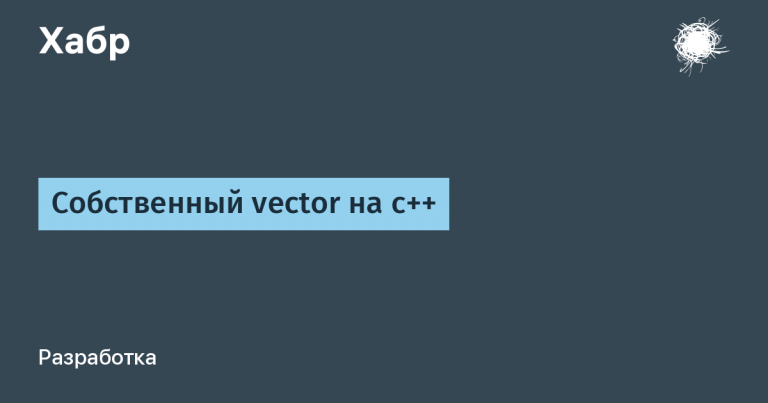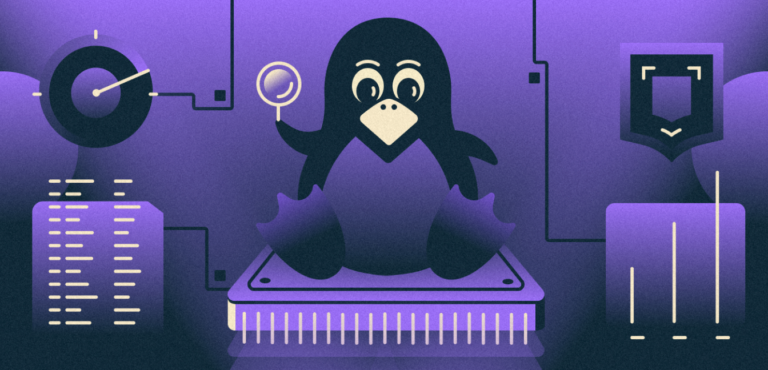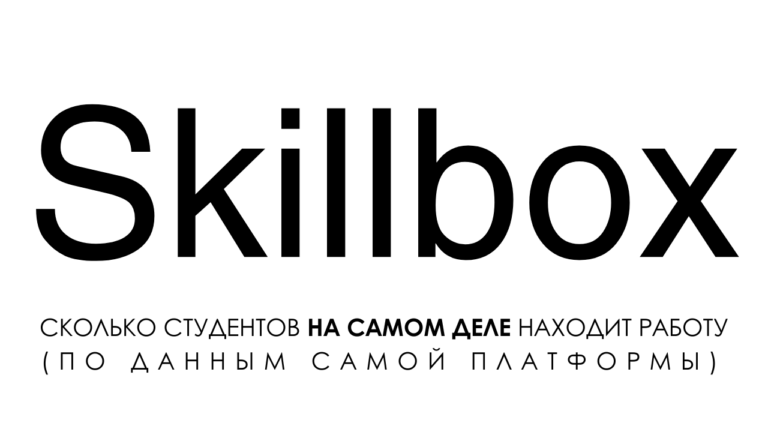consumer drives are getting cheaper, and corporate drives are also increasing volume
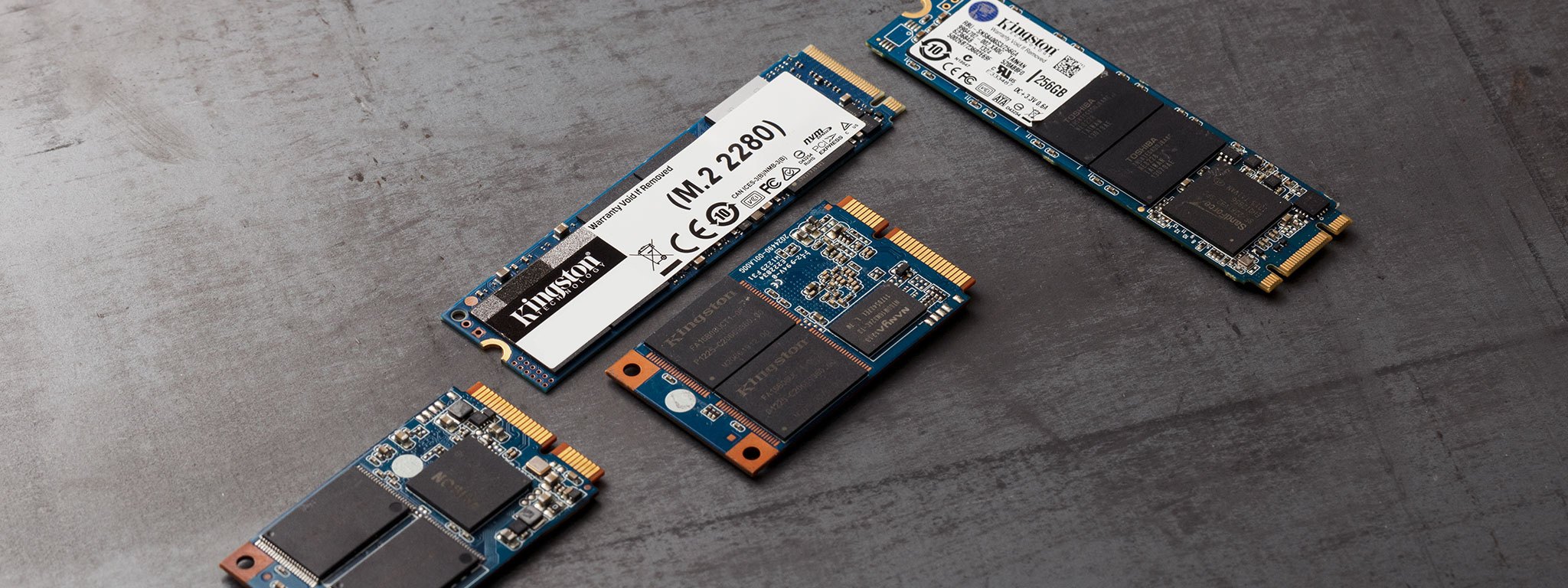
Our last year’s prediction seems to be coming true. Manufacturers of hard drives are gradually losing part of the storage media market – HDD sales are constantly declining. There are several reasons for this, including a drop in demand for electronics, the end of the “era of scarcity” among manufacturers of electronic systems and components, etc. But there is another factor – reducing the cost of SSDs while increasing their capacity and increasing reliability. In such conditions, fewer individuals and companies are buying hard drives, preferring SSDs.
Well, now enterprise SSD makers are talking about a 300TB model relatively soon. Details are under the cut.
300 TB – is that a joke?
Looks like no. Now Pure Storage, which announced the appearance of super-capacious SSDs in the near future, is developing such systems. This organization is a manufacturer of flash drives and is not a new player. Its specialists announced that the shipment of the first models of capacious SSDs will be completed within 2-3 years. At the moment, the company’s product range includes 24- and 48-TB models of solid state drives.

The company plans to implement its forecast by increasing the recording density in 3D NAND flash memory modules by building up layers in them. It is clear that if the developers manage to fulfill their plan, then competitors will soon “wake up” and also begin to produce super-capacious drives. And this means lower prices – in any case, the likelihood of this is high.
Already this year, manufacturers are planning to ramp up production of 3D NAND memory with approximately 200 layers. In a couple of years, they are also going to break the record by increasing the number of layers to 300, and then, in another couple of years, by 2026, the number of layers will be brought to 400.
I want to buy and put a lot of games!
This is where the problem lies – drives with a capacity of several hundred terabytes will most likely be intended exclusively for the corporate market. Modern SSD models from Pure Storage are used as elements of the FlashArray and FlashBlade storage systems produced by Pure Storage itself.
Although these SSDs use a U.2 NVMe connection, custom PCs and laptops cannot be used with enterprise-grade drives. They are designed to be installed on certain systems. Specific, such as controllers, plus 3D TLC or 3D QLC NAND memory devices.
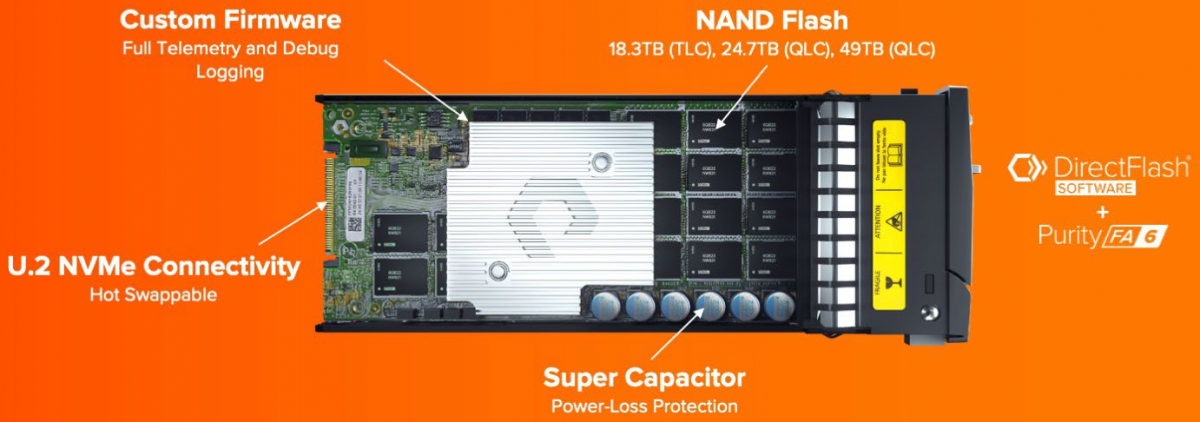
So custom SSDs of several hundred terabytes are probably not coming soon. But for the corporate sector, this is just a gift, as SSDs are becoming more productive and at the same time reliable. If the cost of high-capacity drives is relatively low, then the market share of enterprise HDDs will fall even further, even though it continues to fall right now.
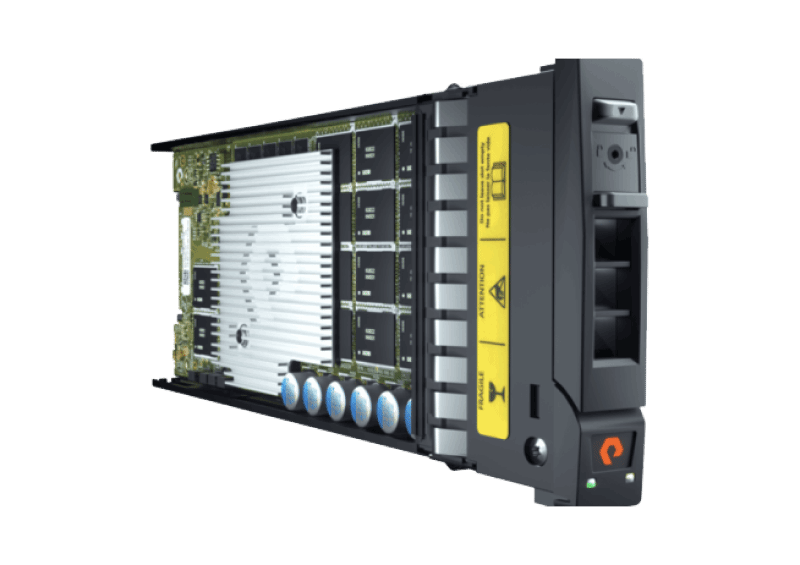
In most modern devices, if an HDD is installed, then only as an auxiliary drive, where you can store file archives, collect a media library, etc.

Nowhere below? SSD prices are falling in the consumer sector as well
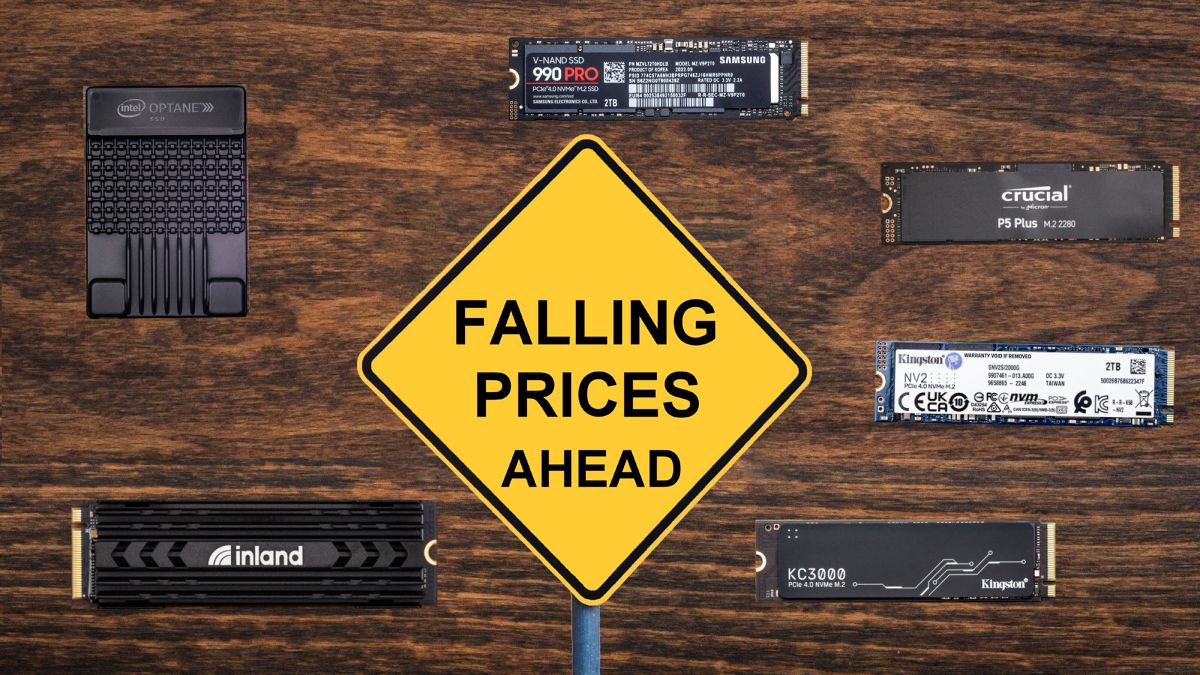
This is true – everyone who follows the cost of SSDs in the global market can confirm the words that their cost is falling. Moreover, over the past 60 days, the cost of solid state drives has decreased by 15-30%. It seems that the forecast of analysts who predicted a 50% reduction in the cost of SSDs last year is coming true faster than anyone could have imagined. Here, for example, is a table of the cost of terabyte SSDs now compared to the beginning of the year.
According to Toms Hardware experts, the prices of 1 TB drives are falling most actively. Of the 21 models that were analyzed, the cost of 17 decreased compared to the price at the beginning of January 2023.
You may also be interested in these texts:
→ How to gamify server rental at a discount by linking the site to the internal administration panel
→ How to effectively share the results of your work? About the “boasting” of a healthy person
→ How to develop a Telegram bot to generate complex passwords
In general, now is the time to start changing high-capacity HDDs to high-capacity SSDs, if you have not already done so. Of course, HDDs are still relevant for many purposes and tasks. But if they are not critically important for you, then you can probably start upgrading your systems. Although, it might be worth waiting a little longer – after all, experts are talking about a stronger drop in the cost of solid state drives in the near future.

